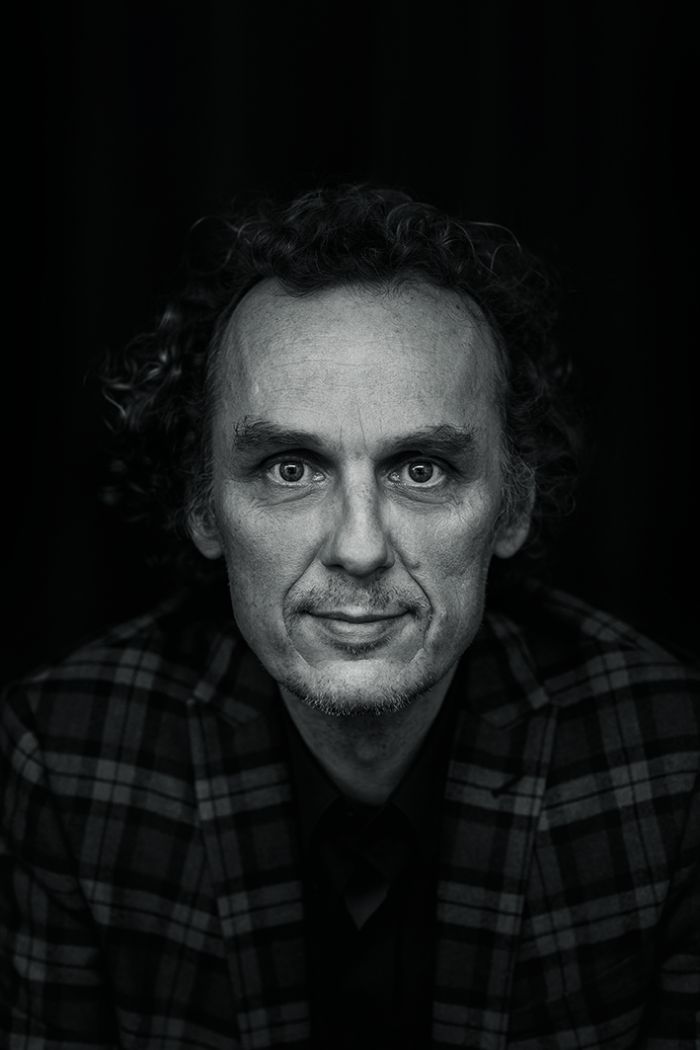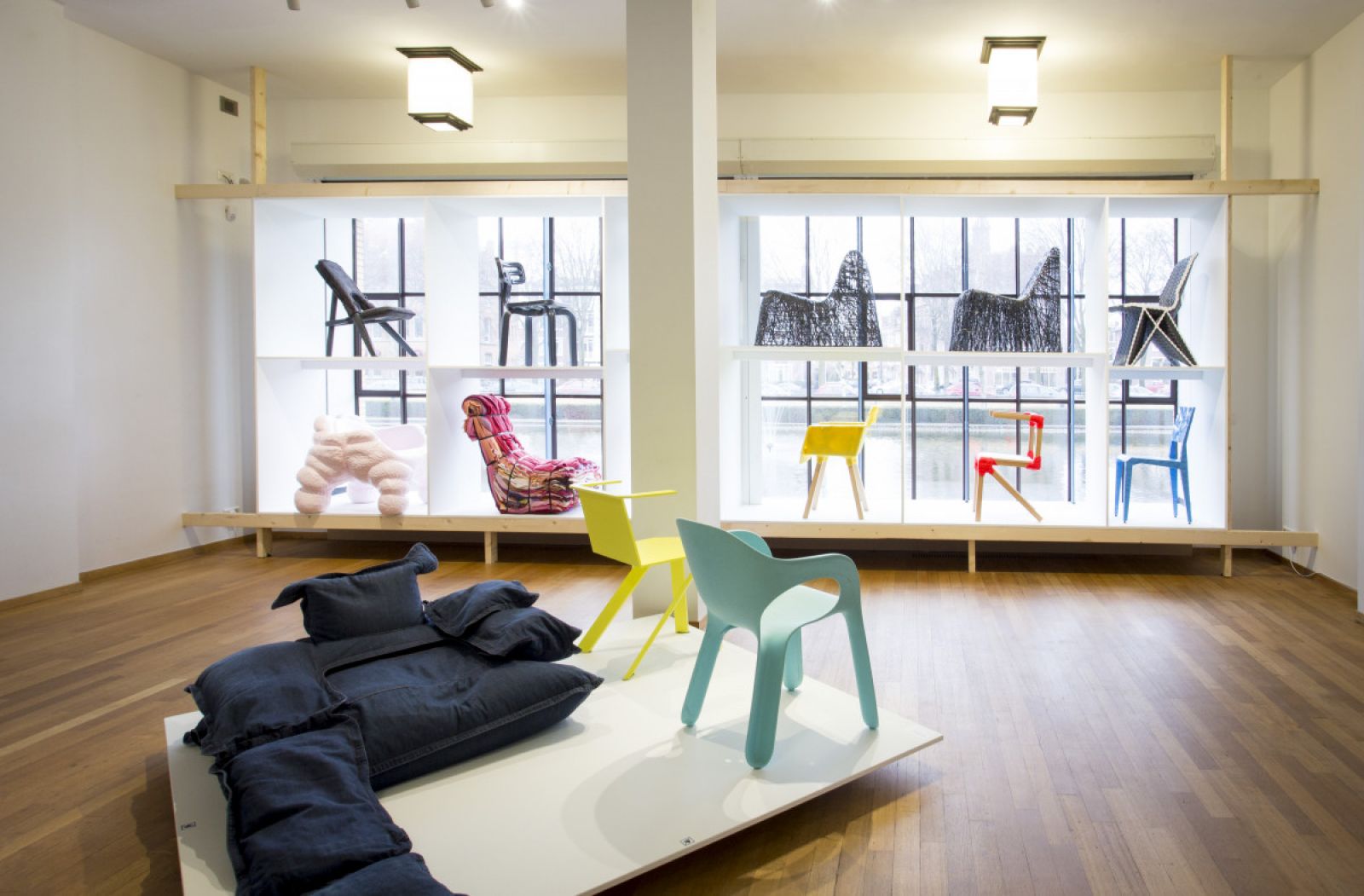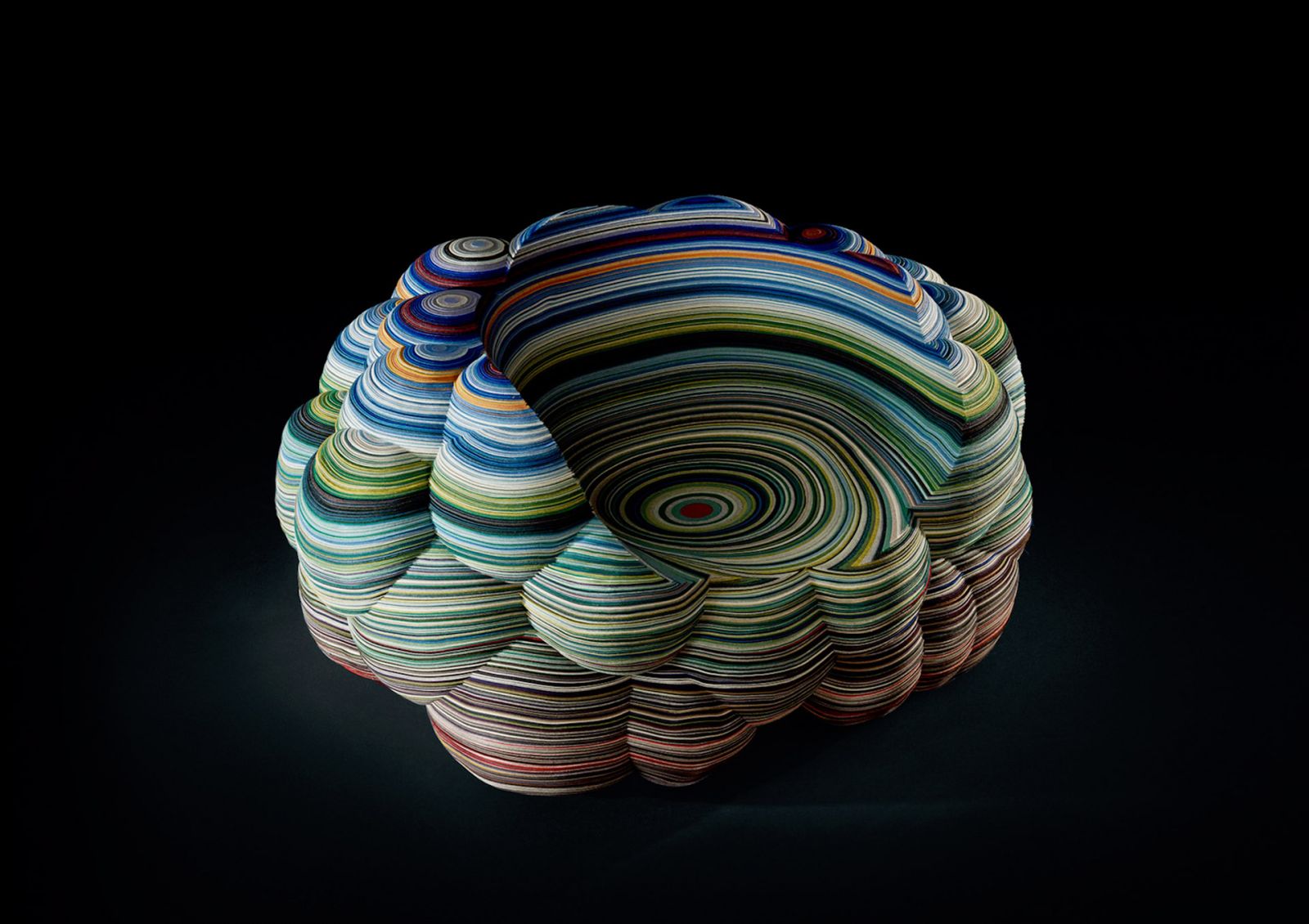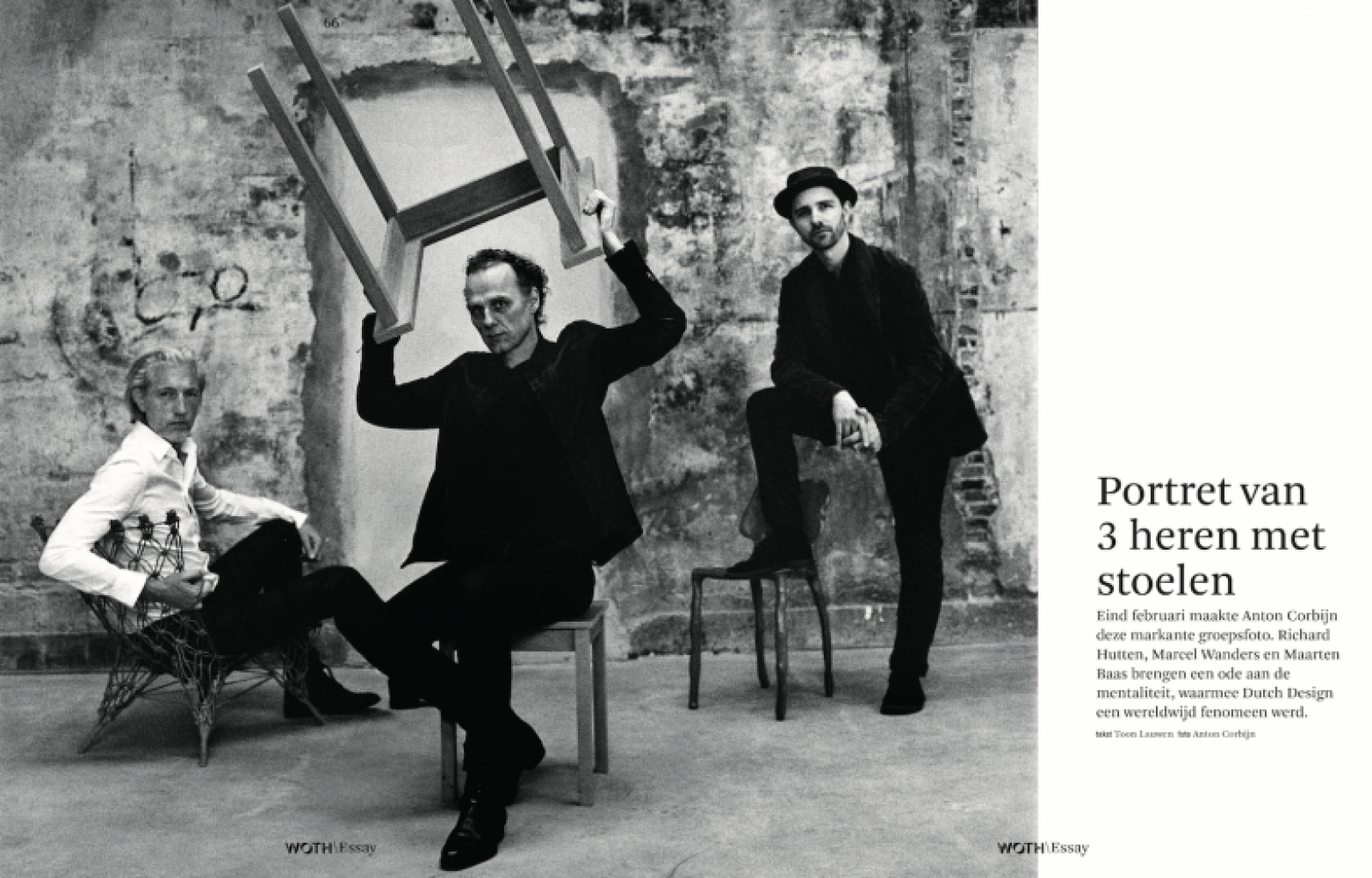serious
‘Creative muscles grow stronger if you exercise them. Your knowhow increases and it becomes easier to find commissions that you feel might be interesting. That’s the start of a process full of serious considerations. Designing does not come easy to me, whether a lot of money is involved or none at all. I have to overcome all the obstacles of a given assignment first. And because this results in individual solutions every time, there’s no thread running through my oeuvre, like a signature. From the moment I decided to become a designer – rather than a professional cyclist – I’ve been empirically researching the essence of things on a daily basis. That may sound serious, but it isn’t really, because I approach the process like a game. I never talk about ‘design challenges’, I’m a supplier of possibilities. Every design process starts with questions and at the beginning of my career I presented those philosophical issues as outcomes as well. Tafelstoel (‘Tablechair’), my final project for the AIVE (Academy for Industrial Design Eindhoven), is probably the most striking example. The approach resulted in a whole series, which I called No Sign of Design. It was a statement I made as a young designer who still had to make a reputation for himself. The motto ‘No Sign of Design’ was an ironic comment on the situation at the time. The design was a purely morphological interpretation of the questions I asked myself as a designer. And they were not unpretentious. I was looking for the nature of things and wanted to return to the essence. Not by reducing form, like the functionalists had done, but in a conceptual sense.






